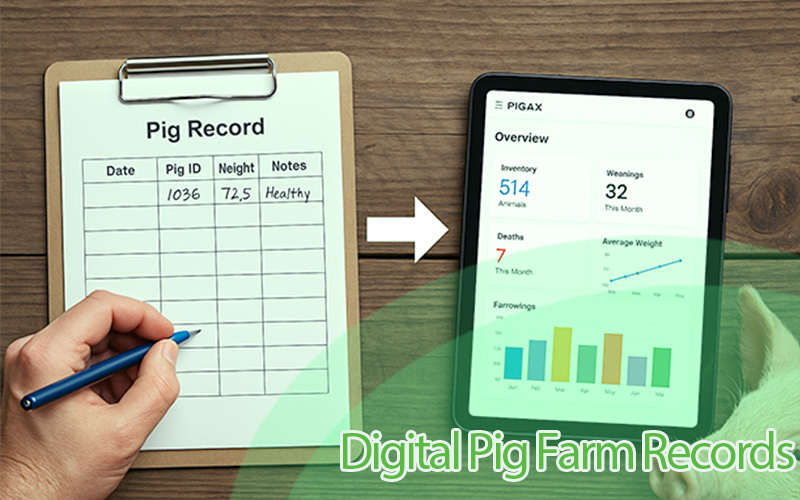Piggery business forecasting and budgeting made easy
Mastering the art of budgeting and forecasting is not just beneficial for piggery farmers, it’s essential for survival and growth. With fluctuating feed prices, varying market demands, and unexpected operational hurdles, effective financial management becomes the cornerstone of a successful pig farming operation.
This blog post aims to guide piggery managers through the huddles of budgeting and forecasting and highlights the importance of adopting modern tools to streamline these processes.
Understanding Budgeting and Forecasting in Piggery Management
Budgeting and forecasting are critical financial tools that help piggery managers plan for the future, allocate resources efficiently, and manage risks effectively.
Budgeting involves creating a detailed plan for the upcoming period, detailing expected revenues and expenditures.
Forecasting, On the other hand, involves predicting future financial outcomes based on historical data and market analysis.
Both practices are vital in navigating the complex economic landscape of pig farming, allowing managers to make informed decisions that enhance profitability and sustainability.
Steps and Processes for Effective Budgeting and Forecasting
There is a roadmap to effectively budget and create an effective forecast for your piggery business, you must follow the following steps.
Identifying Financial Goals
Setting clear, measurable financial goals is the first step in the budgeting process. These goals should align with the broader objectives of the farm, such as increasing production, enhancing efficiency, or expanding operations.
Gathering Historical Data
Accurate historical data is the foundation of effective forecasting. This includes past financial statements, production records, and market activity. This data helps identify trends and patterns that are crucial for making realistic projections.
Analyzing Costs and Revenue Streams
A thorough analysis of costs (feed, healthcare, labor) and revenue streams (sales of pigs, by-products) is necessary. Understanding these elements helps in creating a budget that reflects the true cost of operations and anticipated income.
Creating the Budget
With goals set and data analyzed, the next step is to draft a detailed budget. This should include all anticipated income and expenses, broken down monthly or quarterly, to provide clear financial direction for the period.
Forecasting Future Scenarios
Forecasting involves creating various scenarios that might affect the piggery’s finances, such as changes in feed prices or economic downturns. Creating conservative and optimistic forecasts can prepare the farm for different possible futures.
Regular Monitoring and Adjustment
Regularly monitoring actual performance against the budget and forecasts is crucial. This allows for timely adjustments in strategies or operations to address discrepancies and capitalize on unexpected opportunities.
The Role of Modern Software in Enhancing Budgeting and Forecasting
Modern software solutions offer powerful tools for piggery managers seeking to enhance their budgeting and forecasting accuracy. Pig management tools like Pigax provide features like real-time data tracking, predictive analytics, and automated reporting systems. By leveraging technology, managers can gain instant insights into their operations, anticipate market changes more effectively, and make decisions that are informed by data, not just intuition.
Implementing Effective Financial Management Practices
To integrate advanced budgeting and forecasting techniques, piggery managers should:
- Invest in training for themselves and their teams to improve financial literacy.
- Regularly review financial processes and technologies to ensure they remain effective and aligned with business goals.
- Engage with industry experts and participate in agricultural finance workshops and seminars.
Conclusion
Effective budgeting and forecasting are indispensable in managing a piggery profitably and sustainably. By understanding and implementing these processes, and by embracing modern technological tools, piggery managers can not only anticipate future challenges but also position their operations for growth and success.




